Inside Furnituremaker Frank Pollaro’s Fascinating Workshop
The artisans at the New Jersey warehouse craft unique furnishings using time-honored techniques

Frank Pollaro gazes upon lumber the way most people look at fine art, carefully inspecting the nuances of grain, quality, and color. “What I buy is only the top—the rarest, most exotic, most beautiful examples of each species that I can find,”he says. “Honestly, I reject 99 percent of what I see.”
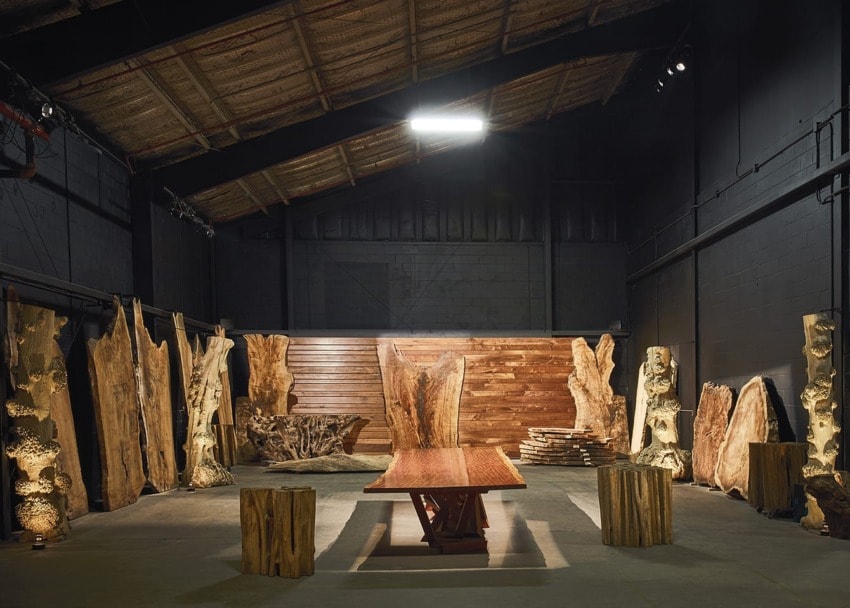
And after three decades, he has amassed what might be the world’s largest stockpile of luxury lumber: more than a million square feet of veneer from 150 wood species, hundreds of thousands of square feet of exotic boards, an assortment of tractor-trailer-size slabs, and even 400-year-old oak piles pulled from the Venetian lagoon.
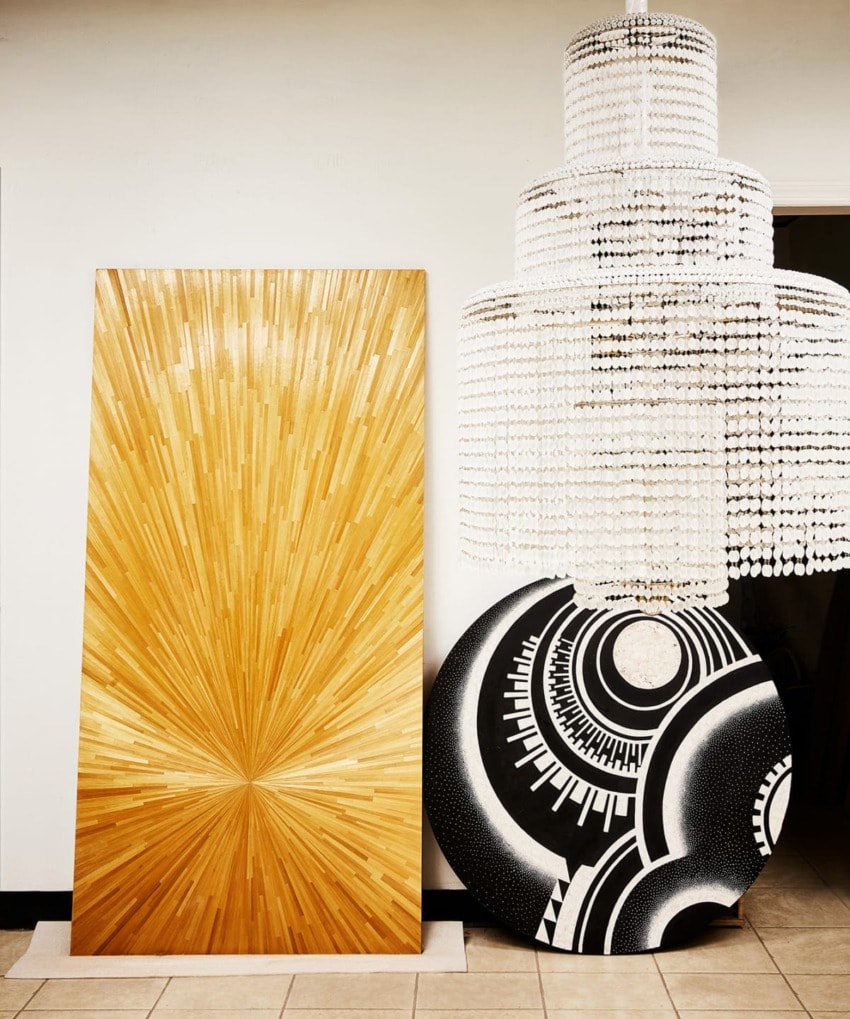
All of it is locked down at Pollaro’s 60,000-square-foot workshop in Hillside, New Jersey, where his staff of 40 puts it to use in pursuit of a singular mission: “Our goal is to create furniture that exceeds every expectation, in every way,” says Pollaro. “I’m here to deliver a product that you can’t buy from anyone else, anywhere else in the world.”
That’s why interior design firms such as Studio Sofield, Ingrao, and Atelier AM; yacht designers like Sinot and Bannenberg & Rowell; celebrities like Brad Pitt and Robert De Niro; and business titans such as Larry Ellison and David Geffen all turn to Pollaro when they seek high-quality custom furniture that spares no expense in the pursuit of beauty. “The level of craftsmanship is extraordinary,” says William Sofield, founder of Studio Sofield, whose clients include Tom Ford and Helen and Brice Marden, and luxury firms such as Harry Winston. “I often go to Frank when I need a truly unique, exquisite piece that can accommodate the demands of modern life,” including designs that are more robust or larger in scale than what can be found from antiques dealers.
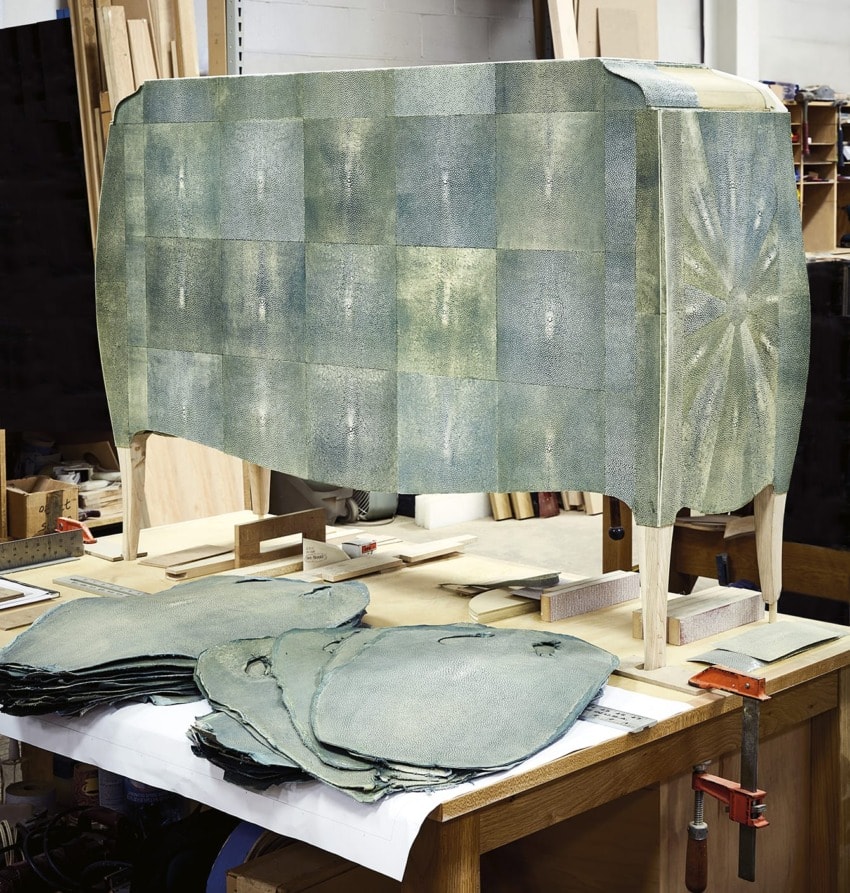
Pollaro’s wood collection is presented to clients in a dramatic, minimalist warehouse with black walls, 30-foot-high ceilings, and spotlights that can pinpoint individual boards. “I call it the lignum theatrum—the wood theater,” says Pollaro. “Our clients often come here to pick the exact piece that will become their furniture.” The idea for this hushed temple of lumber came from an innovative stone showroom he visited in northern Italy with Pitt (who designed a furniture collection produced by Pollaro), where marble slabs were presented in a similar fashion.
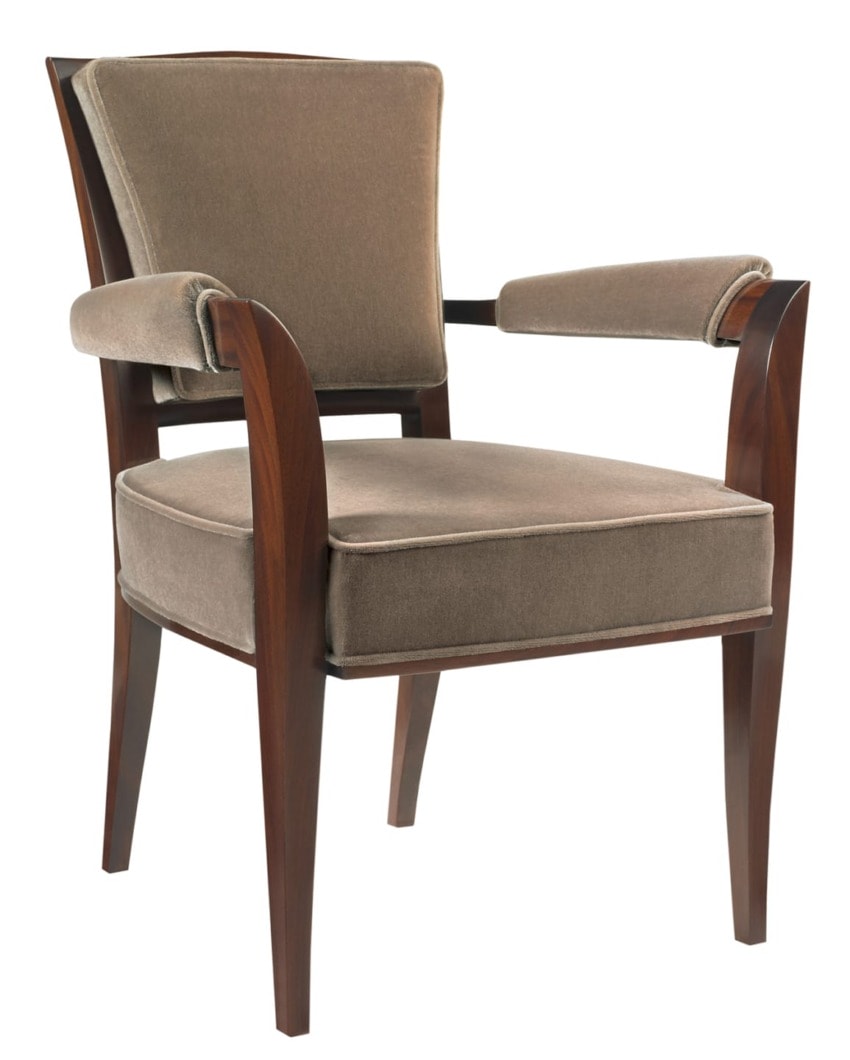
But it was an earlier image that changed his life. “I was 16, and there was a piece by Émile-Jacques Ruhlmann on the cover of Fine Woodworking magazine,” Pollaro says, recalling the first time he saw the work of the 1920s Art Deco master. “It was an ebony cabinet with a vase of flowers inlaid in ivory, and it just struck me. I had never seen furniture like that. It was what I wanted to achieve.”
With much perseverance, he eventually did. Pollaro’s reproductions of Ruhlmann’s pieces are now so precise and convincing that architect Charles Gwathmey once said they are nearly indistinguishable from the originals.
Indeed, the spirit of the ébéniste courses through Pollaro’s workshop, where 18 woodworkers labor at custom benches based on an Austro-Hungarian design. As the company is dedicated to producing handcrafted work, the majority of machinery on the shop floor is 50 to 100 years old. “Though the workshop is state of the art in terms of safety and health codes and our business technology, our production process relies heavily on restored vintage machinery,” he explains. “I have no interest in automation.”
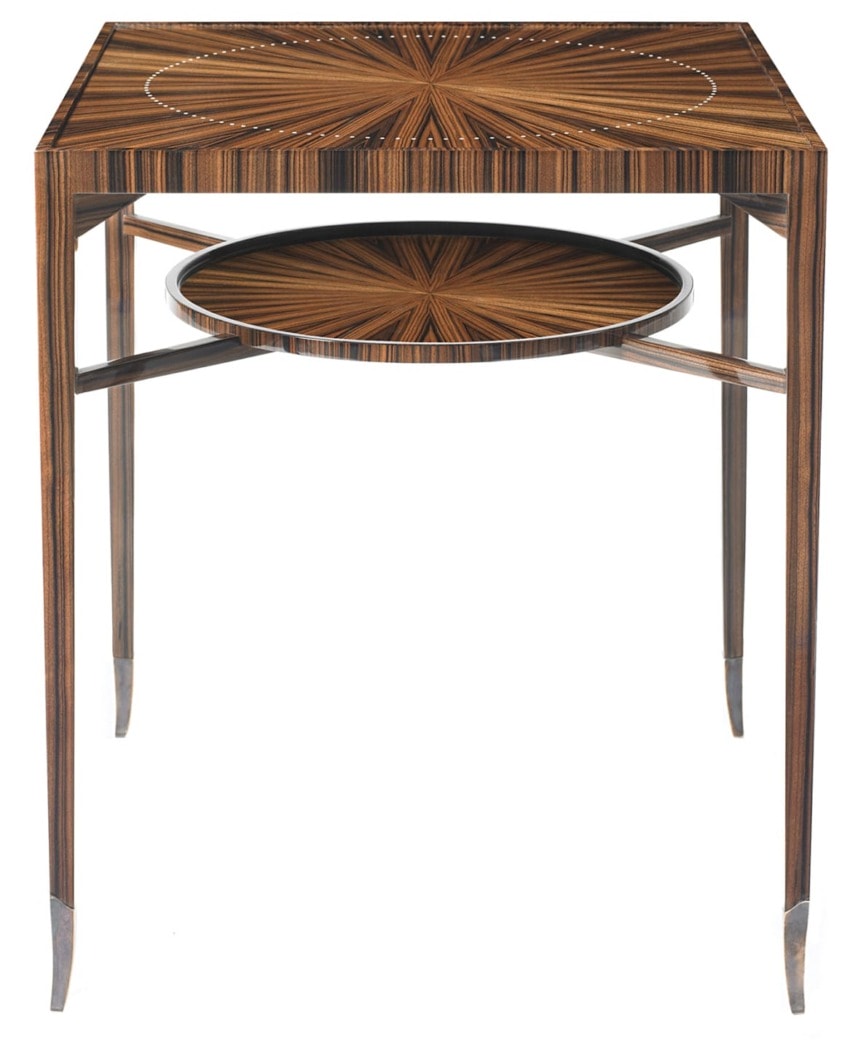
On a recent visit, the craftsmen toiled on a royal ebony cabinet for Pitt’s office, larch and teak beds for Ellison, and, for Steinway & Sons, limited-edition Macassar ebony pianos featuring a Fibonacci spiral pattern with inlaid faux ivory (based on a remarkable $2.4 million one-off version that took them 6,000 hours to create). Nearby, two artisans studiously applied crushed-eggshell fragments to lacquer panels, a metalworker polished titanium table legs, and another artisan gilded chairs with 24K gold.
“These are not lost arts,” says Pollaro. “Our pieces are sought-after for their rarity and integrity—qualities people are always willing to invest in.” pollaro.com